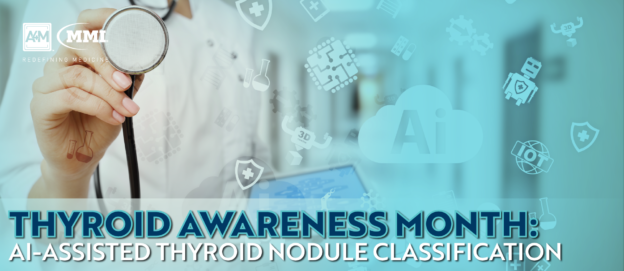The future of healthcare is rapidly evolving, and technology plays a major role in shaping it. From wearables to sensors, nanobots to chatbots, the use of artificial intelligence (AI) is becoming increasingly prevalent in the healthcare industry.
These technologies allow for the collection and utilization of data from a growing number of sources, including those used by consumers, practitioners, and health care systems; and this is what makes AI uniquely well-positioned to envelop medicine.
As LongevityFest 2022 faculty member and renowned innovator Peter Diamandis, MD underscored during his keynote presentation: the ever-growing role of AI in the future of medicine is undeniable, and no field will be left untouched.



